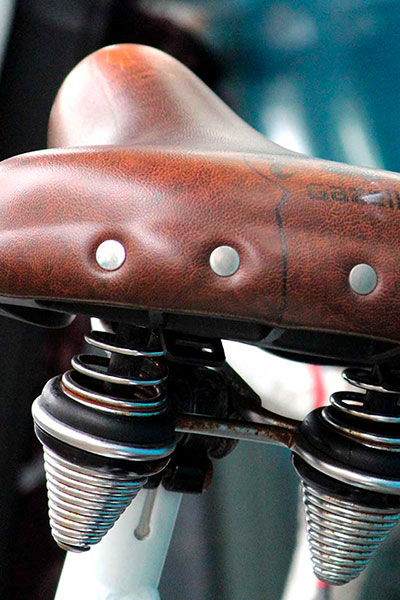age & journeys
Transportation design shapes the stories of people’s experiences moving. We can see whose bodies matter, and how much care is given to designing safe journeys for different populations. We write about our own journeys in the midst of a nation-state’s design decisions.
We also describe journeys that help us to experience other nation-states’ approaches to street designs that offer different choices for moving, different definitions of care which are baked into roads and networks.
We study and write about how social justice and mobility intertwine with infrastructure. We celebrate street/transportation designs that result in less risk, less fear, and more infrastructure care than is typically found in car-centric countries.
In this writing, we try to honor our changing bodies, and we welcome your stories of your experiences as well.
choosing your gear and resources
In his fifties, a friend said, this is our decade to become better about finding our therapies, and taking care of our bodies. You’ll find mostly material about body comfort, about safety net strategies, about how to find and use resources to prepare for trips that will change your way of experiencing your future.
Bike gear
A saddle
Every time new bicyclists start in on Peloton, someone complains about how uncomfortable the saddle is, and some one with small sitbones says, fix the bike fit.
I’m here to say that no matter the bike fit, your saddle shouldn’t feel like you’re trying to ride while balancing on a stair bannister.
handles
Handle bars can help extraordinarily with your comfort on a bike. In the States, most of the bikes sold assume a bent over posture — someday, we’ll figure out that we should opt for upright first, and exercise second.
best bikes
If you’ve never tried an upright bike, you’re missing out.
electric bikes
If you’re interested in a little assist, an electric bike can be a kick. Choose your bike, choose your adventure, and the research suggests you’ll opt onto your bike more often.
Pop up Infrastructure
We make this assumption, in the States, that if people have the experience of leisure, it might translate into day to day bicycling, but this presumes that one leisure activity might lead to different transportation choices. Genre theorists can tell us why these are false assumptions.
leisure imaginaries
infrastructure
a short overview
70’s bike dreams
Brag
BRAG has been around for 40 years, and I’ve crossed the state nine times since 2000, coming back this year, 2019 to celebrate its fortieth anniversary.
If you’re looking for a ride where you will rarely be alone on a stretch of road…
Bike Virginia
Bike Virginia celebrated its 40th anniversity in 2018, and since 2001, they’ve shifted to two overnight camping locations and stopped moving across the state.
New York — FANY
Since 2001, the FANY ride has been offering a challenging, small (limited to 200 riders) ride across New York with seven over night stays at seven different locations.
Having tried my own hand at creating routes, and having relied on many other people’s routes in the past, I appreciated the care in the routes for this ride.
Fall Festival
bike the valley.
Mobility blog
Vestibulum mattis consectetur ligula, id suscipit quam dapibus vel. Maecenas molestie, enim sit amet suscipit imperdiet, justo diam semper leo.
Right of way
In Angie Schmitt's text Right Of Way, we Lorem ipsum dolor sit amet, consectetur adipiscing elit, sed do eiusmod tempor incididunt ut labore et dolore magna aliqua. Donec adipiscing tristique risus nec feugiat in. Sapien pellentesque habitant morbi tristique senectus...
FANY--500 miles across New York, 2018 trip review by Angela Crow, 2019 From 2001 until the pandemic, the FANY ride offered a challenging, small (limited to 200 riders) ride across New York five hundred miles, with seven over night stays typically at...
stay connected
about

Angela Crow
I have been thinking about how we learn as we age since I was too young to be considering this question. Years ago, I wrote a book called Aging Literacies, and I meant to suggest both the ways that our literacies can come to be seen as antiquated and how we need to understand age in the shaping of literacy instruction. It was a book all about user experience, a text about aging populations learning new literacies.
I’m circling back around to think about aging again. I want to speak to our bodies moving, our embodied experiences of roads, our ways of “reading” existing street design, our ways of imagining alternatives, our ways of experiencing care and dignity in transportation design.
Get In Touch
If you’d like to discuss issues related to older women and our journeys; to literacy and embodied experiences of fabulous street re/design, or if you’re interested in learning more about writers | designers, please send an email.








